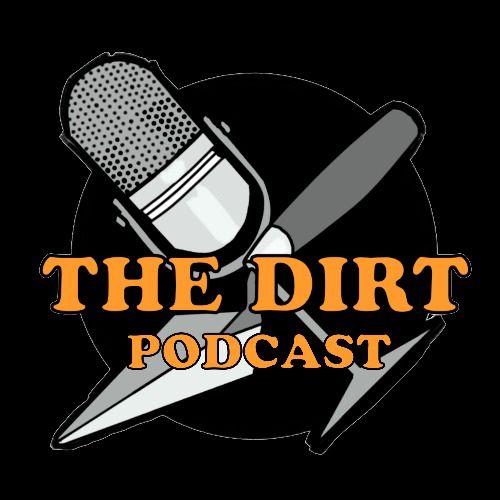Episode 40
Ur Never Going to Believe This
Join Anna and Amber on a tour of third millennium BCE Mesopotamia, where they explore the Royal Tombs of Ur. It has everything: musical instruments, very extra jewelry looks, a Great Death Pit (!), a famous excavator with a flair for the dramatic, even a surprise find nearly a century later in a museum basement. Who was buried there? What makes these tombs so special? What did Sumerian music sound like? How great was that death pit?
To learn (and see!) more, check out:
Cultural Atlas of Mesopotamia and the Ancient Near East (via Worldcat)
Art of the Ancient Near East: Resources for Educators (via Worldcat)
The Royal cemetery : a report on the predynastic and Sargonid graves excavated between 1926 and 1931 (via Worldcat)
Assyrian King-Lists, the Royal Tombs of Ur, and Indus Origins (Journal of Near Eastern Studies)
Woolley's Excavations (Ur Online)
The Musical Instruments from Ur and Ancient Mesopotamian Music (Expedition)
Musician's Recreation of Ancient Sumerian Songs Will Haunt You (io9)
Queen Puabi jewellery (Nasvete)
Jewelry from the Royal Tombs of Ur (Sumerian Shakespeare)
Scanning the Deadheads (Penn Museum)
What Do We Know About the People Buried in the Royal Cemetery? (Expedition 20)
Human sacrifice and intentional corpse preservation in the Royal Cemetery of Ur (Antiquity, via Academia.edu)

